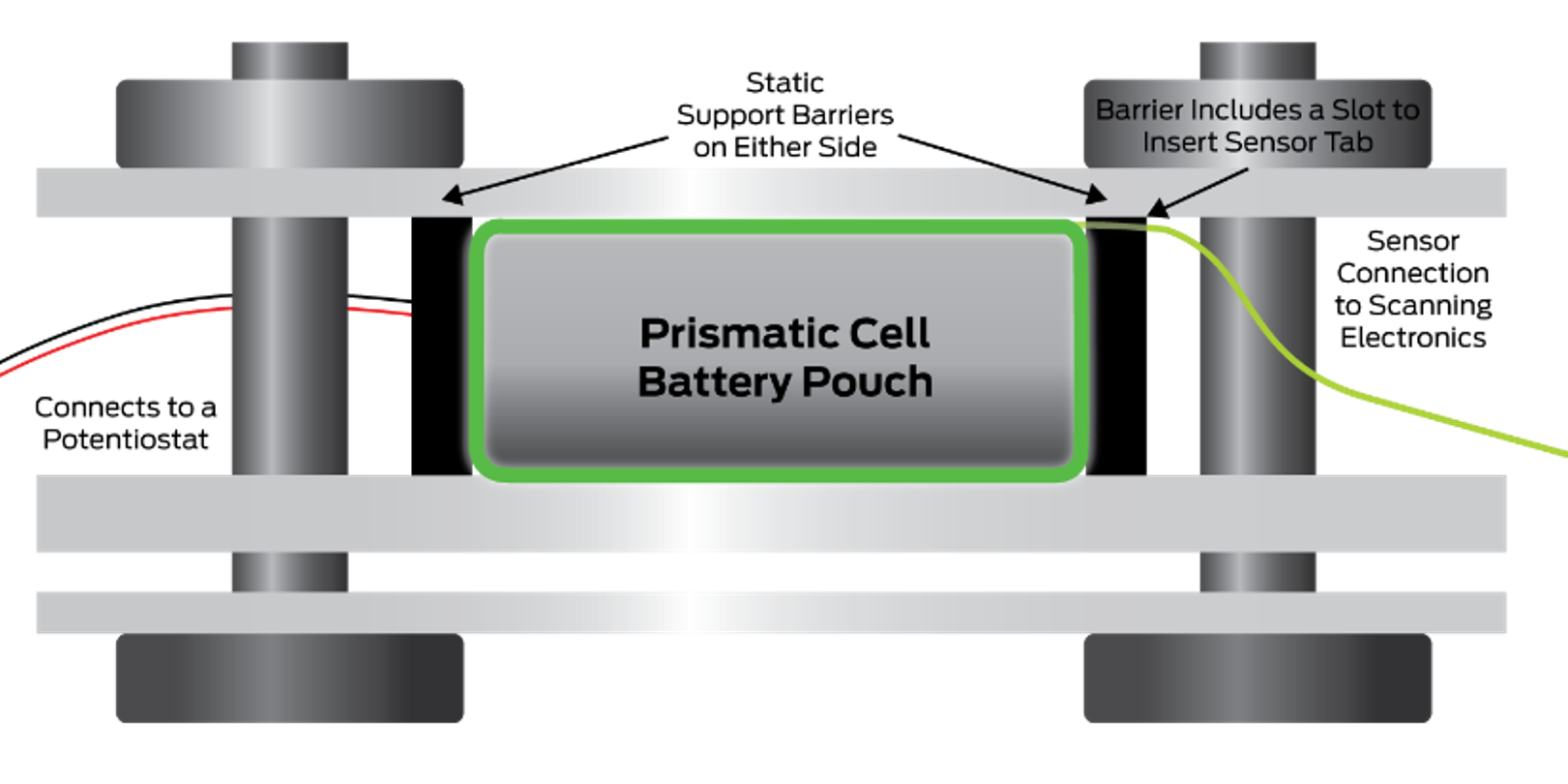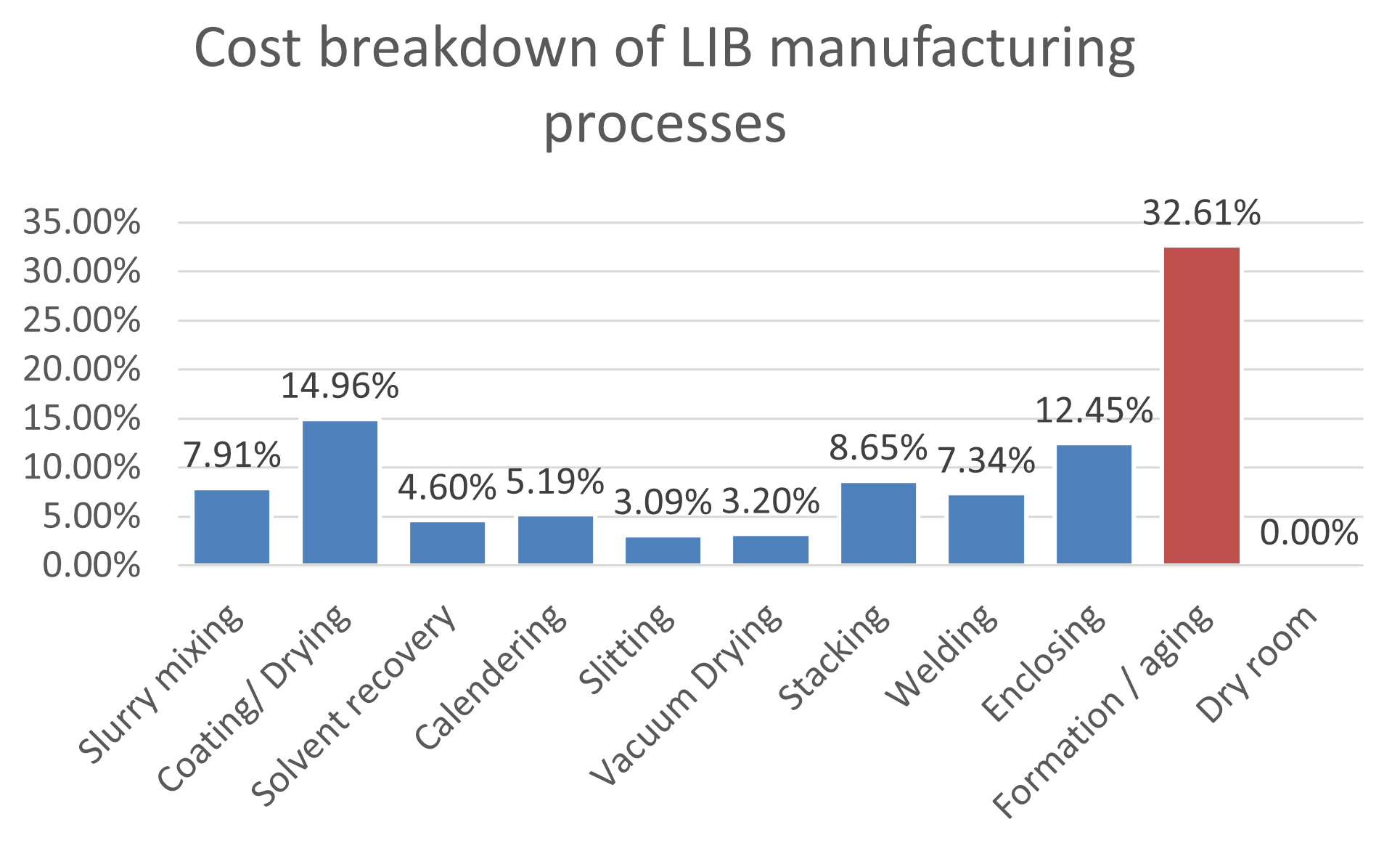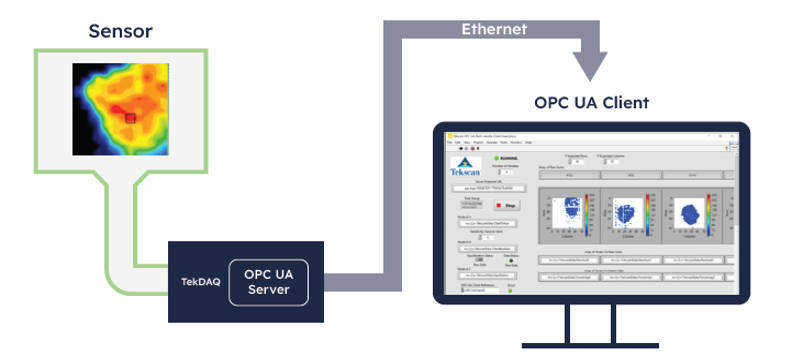Why You Should Include Pressure Measurement as Part of Your Battery Monitoring Process
As battery technologies evolve to meet growing demands for electric vehicles, energy storage, and portable electronics, effective monitoring becomes crucial for improving performance and ensuring safety. Among the various aspects of battery monitoring, pressure measurement is often overlooked, despite its significant impact on battery health, efficiency, and longevity. Here's why integrating pressure measurement into your battery monitoring process can be a game-changer.
1. Understanding the Role of Pressure in Battery Performance
Batteries, especially lithium-ion batteries, experience mechanical stresses during charge and discharge cycles. These cycles cause components within the battery, such as the electrodes and electrolyte, to expand and contract. Pressure variations across the cell stack can lead to:
- Material deformation or delamination in liquid electrolyte batteries.
- Cracks in ceramic or polymer layers in solid-state batteries, which increases impedance and reduces capacity.
Monitoring and controlling pressure during battery operation can minimize these effects, leading to better performance and prolonged battery life. Published studies show the impact of pressure during cycle testing.1

“…peaks may be attributed to inhomogeneity in the active material distribution within the electrode …would give rise to localized heating and consequently localized peaks in solid electrolyte interphase film formation, therefore, will increase the pressure peaks with cycling.”(1)

2. Optimizing the Solid-Electrolyte Interface (SEI) Formation
The SEI layer forms on the electrode surface during battery operation, protecting it from unwanted reactions with the electrolyte. The quality of this layer is crucial for battery stability, and applied pressure during formation significantly impacts it. Pressure mapping helps achieve:
- A uniform SEI layer by controlling the pressure distribution.
- Prevention of issues such as dendrite formation, which can lead to short circuits, safety risks, and reduced cycle life.
By ensuring optimal pressure during SEI formation, manufacturers can improve battery performance and safety while extending operational life.
3. Enhancing Battery Formation and Reducing Costs
Battery formation is a critical step in the manufacturing process, accounting for up to 32% of total production costs. Pressure mapping during this phase offers several benefits:
- Uniform electrode-electrolyte contact improves ion diffusion and electrochemical reactions, optimizing energy and power density.
- Reduced formation time through controlled pressure, accelerating ion transport and surface reactions, thus lowering production costs.
- Enhanced manufacturing consistency, ensuring that pressure is evenly applied across battery cells, minimizing variability and defects.
 With the right pressure management, manufacturers can produce batteries with higher capacity, faster charging, and better reliability, all while reducing formation costs.
With the right pressure management, manufacturers can produce batteries with higher capacity, faster charging, and better reliability, all while reducing formation costs.
 Non-uniform Battery Formation Pressure
Non-uniform Battery Formation Pressure
4. Tailored Cycling Profiles for Different Battery Chemistries
Every battery chemistry has its unique cycling characteristics. Pressure mapping enables optimization of cycling profiles based on the specific pressure effects on the materials used. For example:
- Tailoring current and temperature profiles for different types of lithium-ion batteries ensures peak performance while maintaining longevity.
- Understanding pressure distribution helps optimize the electrode porosity, ensuring better ion flow and reducing degradation.
By adjusting cycling profiles according to pressure data, manufacturers can further enhance battery efficiency and lifespan.
5. Improving Safety and Longevity
Pressure imbalances can lead to significant safety risks, including thermal runaway, which may result in battery fires or explosions. By monitoring pressure throughout the battery’s lifecycle, it becomes possible to:
- Prevent thermal expansion and delamination during operation.
- Monitor internal component shifts, which can occur due to mechanical stress or temperature changes.
Integrating pressure sensors into the battery management system (BMS) allows real-time adjustments to limit output when spike pressures are detected, thereby reducing the risk of catastrophic failure.
6. Detecting Manufacturing Defects Early
Pressure mapping can also serve as a quality control tool during battery assembly. By integrating pressure sensors in the stack during the production process, manufacturers can identify non-uniformities or defects such as:
- Uneven surfaces that show up as localized high-pressure points, which may be caused by material inconsistencies or assembly errors.
- Cell manufacturing non-uniformities that could lead to premature battery failures.
Detecting these issues early can prevent faulty batteries from reaching the market, saving costs and improving overall product reliability. An array of embedded sensors like Tekscan's TQi can monitor the production pressure data line via OPC-UA.
 Quality Monitoring of Battery Manufacturing
Quality Monitoring of Battery Manufacturing
Conclusion
Incorporating pressure measurement into your battery monitoring process is essential for ensuring optimal performance, safety, and longevity. Whether it’s during the R&D phase or throughout the manufacturing and operational life of the battery, pressure mapping provides invaluable insights. From stabilizing the SEI formation to detecting defects early and optimizing assembly pressure, the benefits of pressure measurement are clear. As battery technologies continue to evolve, pressure monitoring will play an increasingly vital role in advancing both product quality and safety.
By integrating pressure measurement into your battery monitoring toolkit, you can stay ahead of industry challenges and deliver better, safer, and more efficient battery solutions.
---
Citations:
1 University of Warwick, 2017
2https://www.researchgate.net/publication/336976630_Factors_That_Control_the_Formation_of_Dendrites_and_Other_Morphologies_on_Lithium_Metal_Anodes
3 Source: iScience Current and future lithium-ion battery manufacturing Yangtao Liu, April 23, 2021
